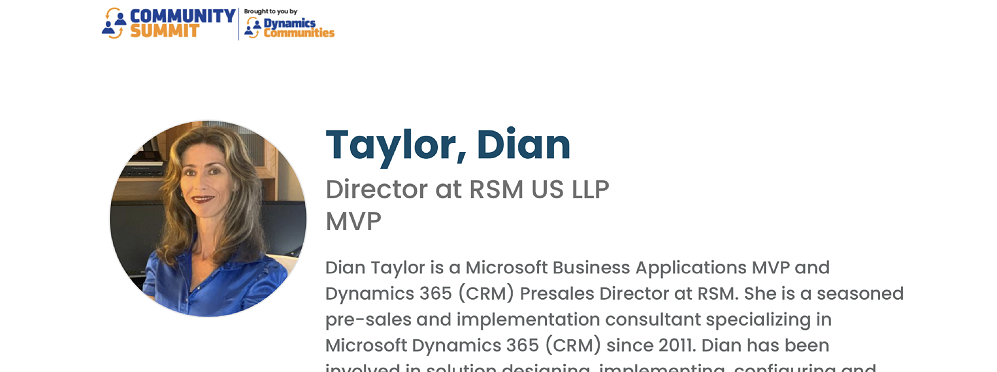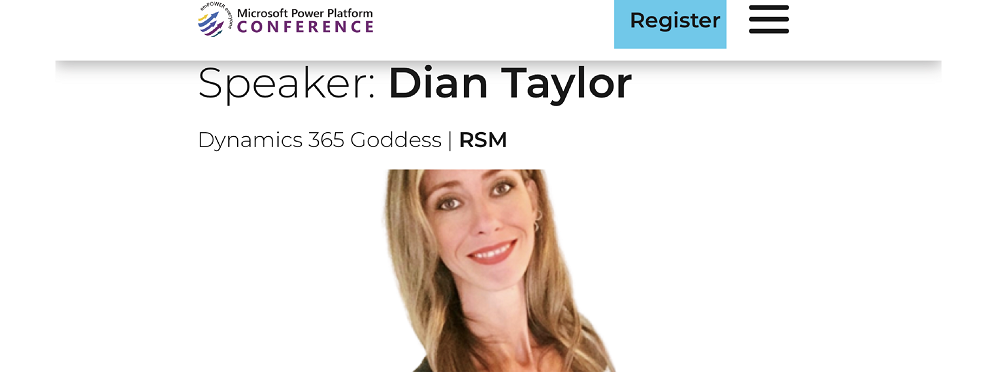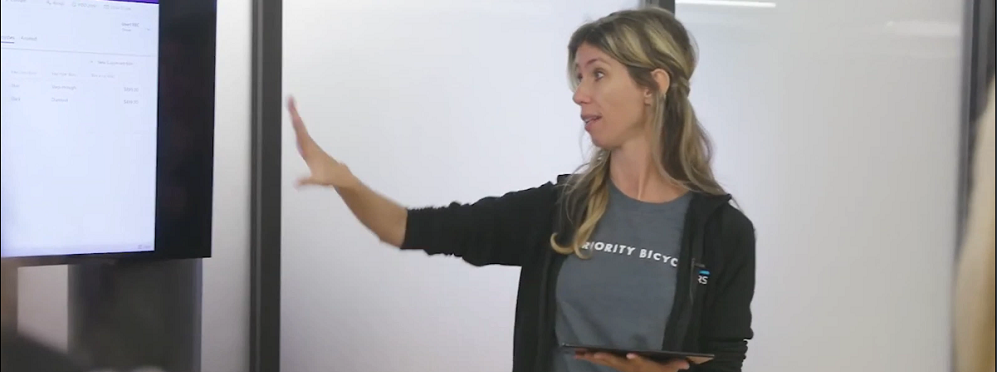Everything You Need to Know About the Customer Knowledge Management Agent in Dynamics 365 Customer Service

Back in February, I shared an article walking through the new features lined up for the 2025 Release Wave 1 of Dynamics 365 Customer Service and Contact Center. (If you missed it, you can check it out here.) In that post, I gave a high-level look at the three new agents Microsoft introduced: the Customer Knowledge Management Agent, the Customer Intent Agent, and the Case Management Agent. Each one brings something unique to the table, all aimed at helping support teams streamline their workflows, boost efficiency, and resolve issues faster.
Since then, I’ve had some time to explore these features a bit more, and I doing a deeper dive into each of them. Last week I wrote about the Case Management Agent. In this article, I’m putting the spotlight on the Case Management Agent. There’s plenty here to get excited about—so let’s jump right in!
What does it do?
Creating knowledge articles is often a complex and time-intensive process. It takes a lot of effort to ensure the information in the article is accurate, easy to understand, and reflects current practices. Keeping knowledge content up to date is especially challenging for organizations as systems and processes change over time. It’s also difficult to prevent duplicate articles from being created, specially when multiple teams are involved. Without proper coordination, it’s easy for similar content to be written more than once, which can often leads to confusion and makes it harder for customer service reps to find the right information. This is where The Knowledge Management Agent comes in! As the name suggests, the agent helps manage knowledge content in Dynamics 365 Customer Service. It does this by creating new knowledge articles and/or updating existing ones. The agent contributes to knowledge content in two ways: by generating articles in real-time or by analyzing historical cases. The first option is an autonomous process, while the second can be initiated by a system administrator.
How does it work?
When real-time knowledge creation is enabled, the Knowledge Management Agent is triggered when a case is resolved. The agent then reviews the case data along with related content such as conversations, notes, and emails. Using this information, the agent compares it against existing knowledge articles to determine whether a new article should be created, an existing one updated, or if no further action is needed. Please keep in mind that this functionality is currently available as a paid preview, which means you can try it out, but there are a few prerequisites and configuration steps required before you can start testing the Knowledge Management Agent.

The paid part of this preview means the agent consumes Copilot Messages each time it’s triggered. To get started, you’ll need to set up a billing model in your environment for these Microsoft Copilot Studio messages. There are two available options: prepaid capacity or pay-as-you-go. The prepaid model allows you to purchase a bundle of message credits in advance through Copilot Studio licensing, which provides predictable usage. Alternatively, the pay-as-you-go option offers more flexibility, charging only for the number of messages used each month, making it easy to scale based on your needs.
Agent Configuration
After the Copilot Studio billing has been set up, an admin will need to configure the agent. NOTE: When accessing the agent, I noticed that the Customer Admin Center has been renamed to the Copilot Service admin center. To configure the Knowledge Management Agent, go to the Support Experience section, select Knowledge. You’ll see the Customer Knowledge Management Agent(preview). Click Manage on the right side of the screen to access the agent’s settings.
To enable the Real-time creation of cases you will need to check the box. Admins can configure rules to filter the cases that they want the agent to use as a source when creating or updating knowledge articles. Out of the box, the Knowledge Management Agent uses Case Title, Case Description, Product, Subject, Email Content, Conversation Summary, and Case Notes to generate or update articles. The ‘Manage Attributes‘ settings allows admins to remap some of these fields to other tables and/or columns if needed. Admins can also choose to exclude fields.

If an admin wants to use historical case data from Dynamics 365 Customer Service, they can enable the ‘Creation from Historical Cases‘ setting. Please note the same rules that were configured are used for this setting, so make sure you review the rule(s) beforehand. Once the ‘Start’ button is pressed, the creation of knowledge articles begins. Please note articles will be generated in bulk, and the agent will only use the most recent 100,000 cases from the rule that is configured. You might want to run this job in batches if you have more than 100,000 cases you want to use. Admins can follow the process by viewing the ‘Creation process log’.
Admins will need to choose the default ‘Compliance Status’ for knowledge articles that were generated by the Knowledge Management Agent. There are three choices: Pending, Compliant and Non-Compliant. If the Pending stage is set as default, the agent will not be able to publish an article by itself. Instead, articles created by the agent with this status, will need a human to review the article first before it gets published. If this is what the admin chooses as the default status, I would recommend enabling in-app notifications so that the CSR will see the notification when the article has been generated. I am not sure why an admin can choose the default status to be ‘Non-Compliant’, as articles in this status can’t be published. Lastly, if the compliance status is set to ‘Compliant’, we can allow the agent to publish articles after creation. This will depend on what’s been configured in the ‘Auto Publish’ setting. If the box next to ‘Automatically publish compliant articles as soon as they’re created’ is checked, then this will happen. Below that settings admins can also choose if the articles will be available for internal audiences only or for both internal an external audiences.
Enable Agent Power Automate Flow
For the Knowledge Management Agent to work properly, you will have to manually enable the related Power Automate flows. You can do this by navigating to make.powerapps.com and opening the default solution. Search for ‘Cloud Flows‘ under objects, then search for the ‘Knowledge Harvest Trigger Flow V2‘ flow and open it. You’ll see that there is an issue with the connection references as there is a a red exclamation point next to each one.

To resolve this, you’ll need to link each connection reference to a connection. Start by getting the names of the connection references, you can do this by hovering over each one to view the name. Make a note of them or keep the browser open for reference. Next, open a new browser and navigate to make.powerautomate.com. Open the default solution, then search for ‘Connection References‘ under the ‘Objects‘ section. Once the table loads, use the search bar to find each connection reference using the name you noted earlier. Click the three dots next to the correct connection reference and select ‘Edit‘. In the edit window, either link the reference to an existing connection or create a new one to link. Be sure to click ‘Save‘ at the bottom of the screen! When you return to the flow and refresh the page, you should now see a green checkmark next to the updated connection reference. Repeat these steps for all remaining connection references. Once every connection reference shows a green checkmark, you’ll be able to turn the flow on.
Publish the Agent in Copilot Studio
The last step, that completes the setup is the publishing of the agent in Copilot Studio. You can do this by navigating to https://copilotstudio.microsoft.com/ and selecting the correct environment from the top right of the screen. Once the environment loads, you can navigate to ‘Agents’ on the left sitemap to view a list of all agents in the environment. The agent we are looking for is called the CustomerServiceKnowledgeHarvest agent. Click on the name of the agent to access it. Once the agent loads on the screen you can see the ‘Publish’ button on the top right of the screen. Click the button to publish the agent. Once this has done you’re all ready to start testing! I hope you enjoyed this article! Be sure to check in again next week for a new article or subscribe here to never miss another post!











